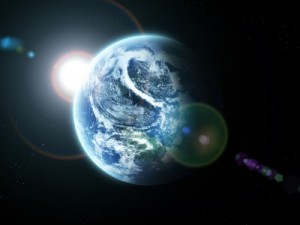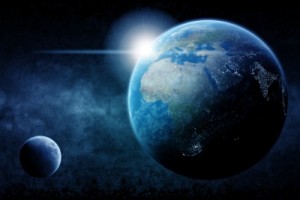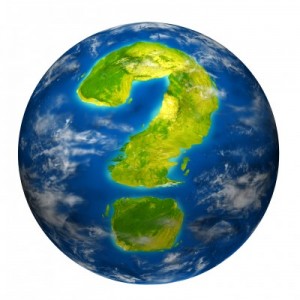There is no doubt that major planetary shifts are taking place today. From our perspective, the shifts that we experience as earthquakes, tsunamis, volcanic eruptions, floods, and violent storms, are huge events that are changing our world as we know it. But these natural disasters are no big deal to our planet. The Earth is merely stretching its muscles.
Earthquakes Are No Big Deal
A natural disaster is merely a tiny reaction to the Earth. Look closely at an earthquake: earthquakes don’t “move” the Earth – the Earth’s natural “spin” moves the crust, and that causes earthquakes. Earthquakes are tiny movements to the Earth.
Today, the Earth’s axis is very unstable, and this is causing the Earth to wobble. The more the Earth quivers as it spins, more crust breaks apart. To the Earth, these are just insignificant cracks, landslides, and sinkholes in the crust that are no big deal. Think of it like a small rock hitting your windshield. To the people living in the cities built on top of these cracks and sinkholes, they can be huge disasters.
Looking Down At The Earth
Imagine looking at the Earth from the Moon. Our planet is enormous, and much too large to notice a little wobble in rotation. We can’t “see” our world wobble as it turns. Our massive planet quivers, and this causes a reaction in the atmosphere, on the surface, and within the interior of the Earth. We cannot “see” these reactions, but we surely experience their consequences as natural disasters.
From your observation point standing on the Moon, envision the March 2011 8.9 magnitude earthquake in Japan. This break in the Earth’s crust was a massive movement at the surface, but from the Moon, this quake was a microscopic pinprick. Major earthquakes cannot be “seen” from space because earthquakes are not powerful enough to shift the Earth.
Try This Solution
The damage earthquakes, volcanic eruptions and massive floods create on the the Earth can be disastrous to humans because we have built our cities, bridges, and power grids on top of natural disaster zones. But, these major Earth events are not going to stop anytime soon.
Let’s try this solution to make things better: let’s stop building on the cracks, over sinkholes, and near the hot spots. Let’s stop building too close to the edges of oceans, seas, rivers, and swamps, and let’s stop sprawling the population into areas that we do not belong. This is the ONLY solution to prevent more human disasters.
Right now, the Earth is stretching her muscles and shifting her position a little. It’s no biggie for the planet – it’s disastrous to humans.
Let’s move on down the road much smarter, and start enjoying the ride.





